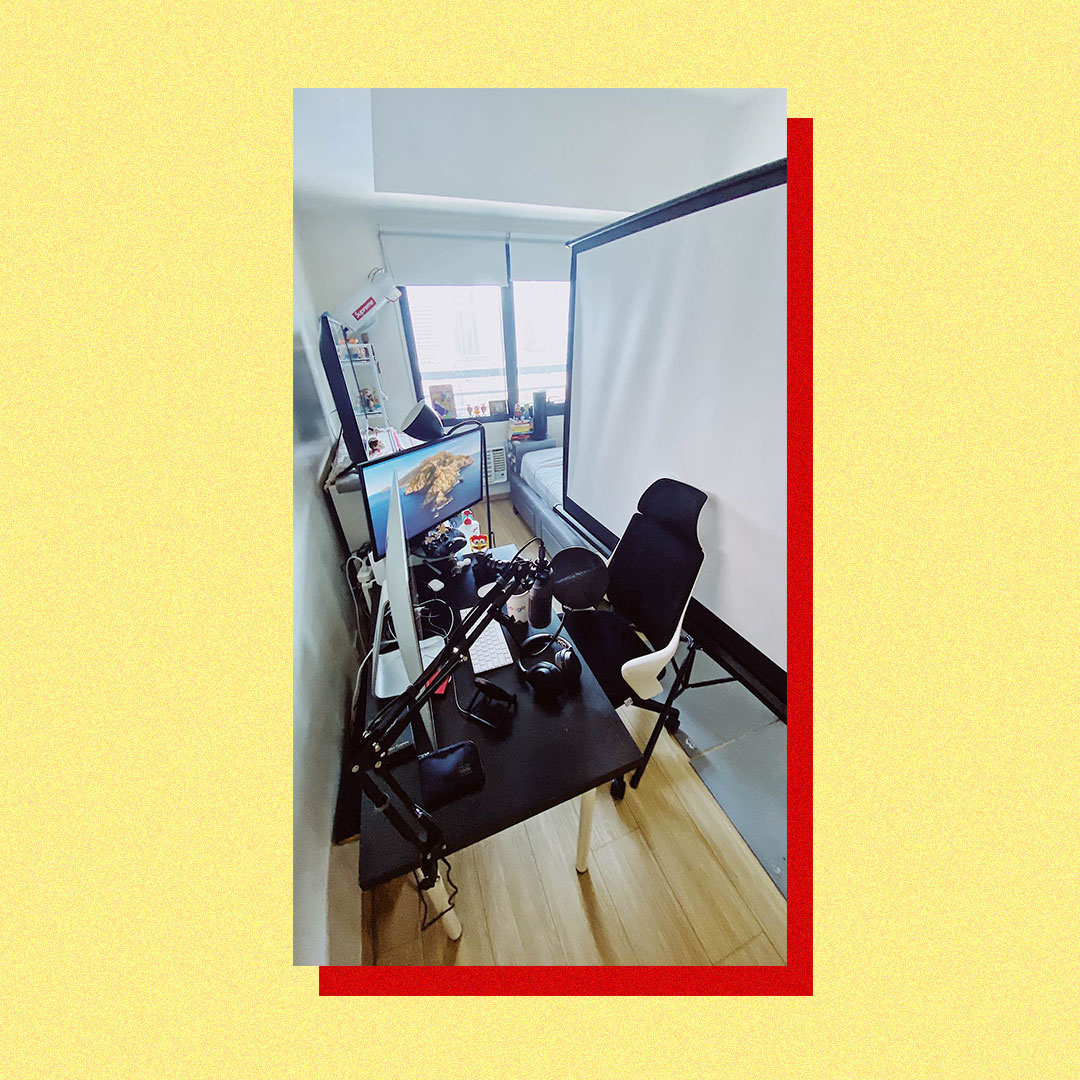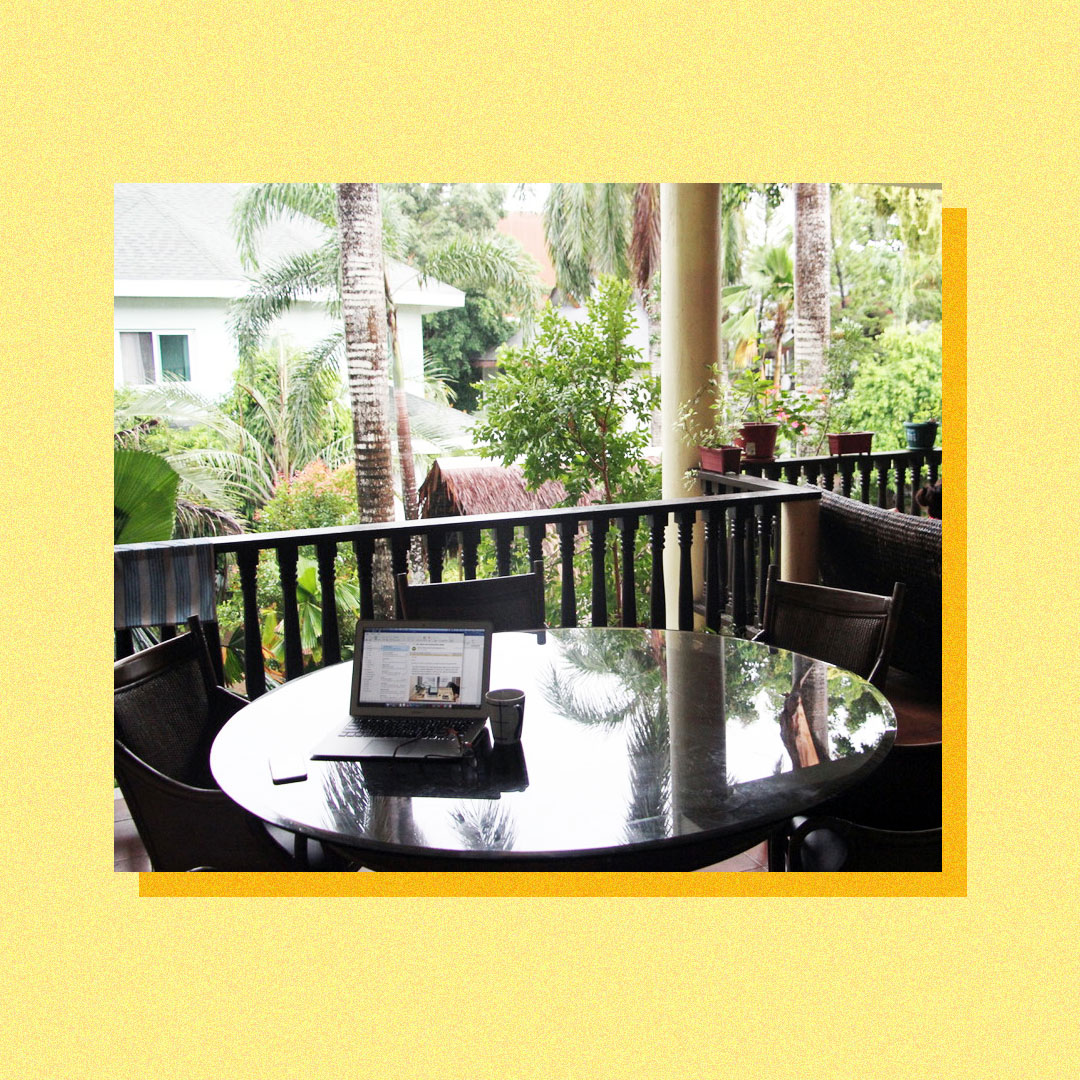Shakey’s taps Unilab unit for workplace safety
Shakey’s Pizza Asia Ventures, Inc. has tied up with a unit of United Laboraties, Inc. to ensure the safety of its employees reporting back to work while the global pandemic persists.
RelianceUnited recently partnered with Century Pacific Food, Inc., an affiliated firm of the pizza chain operator, for the same coronavirus disease 2019 (COVID-19) infection control program which adopts long-term occupational safety and health measures.
“Our philosophy is that guests must know, feel, and see that they are safe. A crucial component of that is ensuring that our employees are safe as well,” Shakey’s President and Chief Executive Officer Vicente L. Gregorio was quoted as saying in a stock exchange disclosure on Friday.
The comprehensive program by ActiveOne, RelianceUnited’s corporate clinic services provider, offers a telemedicine hotline service to Shakey’s employees, including telephone-based medical consultation and triaging, diagnostic testing, and daily monitoring of employee’s health condition.
Individual testing, medical assessments, and treatment will also be made available, the company said. For high-risk employees, a personal health protection plan will also be provided.
The lockdown measures mounted to arrest the spread of the global coronavirus disease 2019 (COVID-19) pandemic caused the temporary closure of its store chain. This led to a 35% drop in its first-quarter earnings to P114 million.
Resuming operations upon easing of quarantine policies, Shakey’s said its interaction with guests is now “mostly” contactless. It has enforced stringent health and safety protocols set forth by the government and international health bodies in its stores. — Adam J. Ang











